Get Inspired
Build the life you love. Learn more about fusioneering:
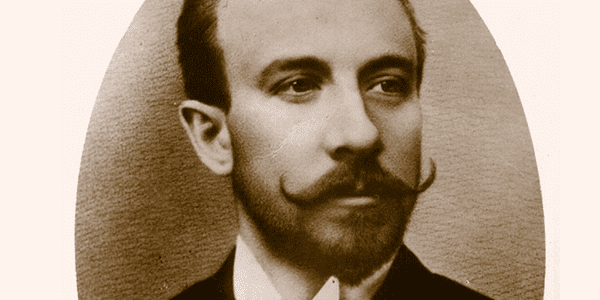
Posted on February 15, 2023 in Inspirational People
Movie magic – it’s the term we use for computer-generated visuals, practical special effects, and the general feeling of awe inspired by the cinema. The dazzling sights of the silver screen enchant us, and when engaged by a great film, our amazement and delight are akin to that of a child witnessing a magic act. It should come as no surprise that the man who invented movie special effects was a magician.
Georges Méliès, born in 1861, was one of filmmaking’s earliest and greatest pioneers. Of his over 500 films, only 200 remain – the most iconic of which is the classic Le Voyage dans la Lune, known in English as A Trip to the Moon.
How did a man who dreamed of magic redefine an art form? Come along, and discover the story of Georges Méliès.
Interested in other innovators? Dive into the history of Ada Lovelace, the woman who defined computation.
Marie-Georges-Jean Méliès was born in 1861, the son of shoe factory owner Jean-Louis Méliès.
As a child, Georges’ primary interest was in the construction of puppet theaters, but after receiving a good education, Georges’ father brought him into the family shoemaking trade along with his brothers. It was on the factory floor that Georges learned to sew and started to flex his natural aptitude for engineering.
Georges’ father and brothers were eager to see him take on more responsibility at the shoe factory, but much to their chagrin, Georges had discovered a love of stage illusion.
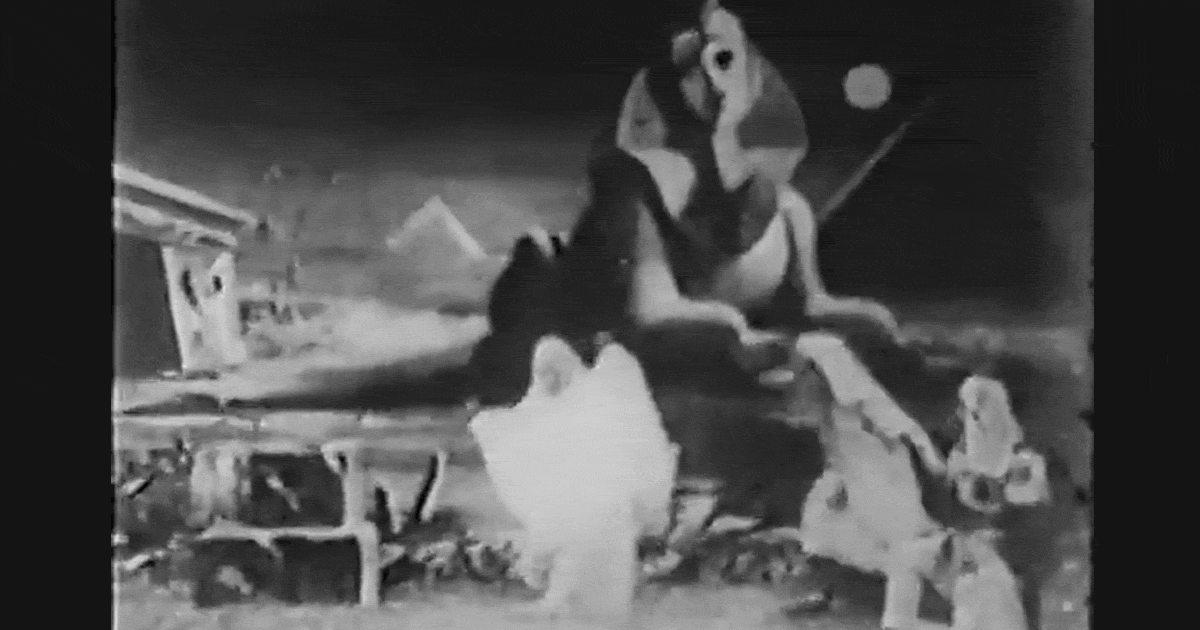
When not fixing or supervising the factory machinery, Georges was out seeing shows and taking lessons from the magicians at the Théâtre Robert-Houdin (a famed house of illusion started by the man who served as Houdini’s greatest inspiration). In 1888, Georges’ father retired from the family business, and without a second thought, Georges sold his share of the factory to his brothers in order to finance an endeavor – the purchase of the Théâtre Robert-Houdin.
Méliès, through his instruction at the Théâtre and his work in the factory, had all the skills he would need to capture audiences with incredible magic displays. Two things are required to be an effective magician:
The theater’s old, tired tricks were done away with, and over the next decade, Méliès would introduce more than 30 new illusions to fill seats and stun the crowd. By 1895, Méliès had reached such acclaim in the field that he was made president of the French society of illusionists. His desire to surprise and delight audiences with the unknown was still unfilled, however, and he craved a greater level of spectacle.
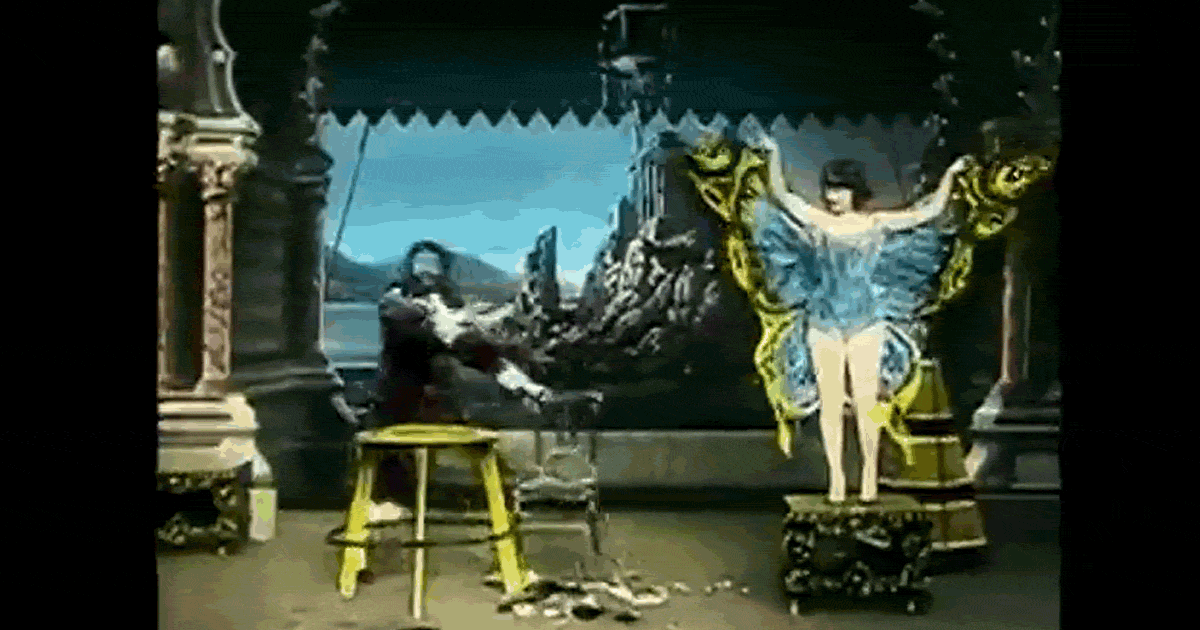
In 1895, French theater owners were invited to a special event held by the Lumière brothers – the demonstration of a new, cutting edge technology: the cinematograph. It was a better film camera than Thomas Edison’s competing camera and projector systems, with better lighting and sharper picture quality. Ten short films were exhibited, each roughly 50 seconds long. Méliès knew what he was witnessing: the future of spectacle. On the spot, he offered to pay the Lumière brothers 10,000 francs for the device – but they turned him down. The Lumières saw their device as an instrument for scientific recording (and money-making through monopoly), and not something for sideshows and tricks.
Determined, Méliès went to London and purchased a different prototype projector system based on Edison’s work. Studying the machine, Méliès was able to convert the system into a camera similar to that used by the Lumière brothers. A year later, films were shown daily as part of the grand spectacle at the Théâtre Robert-Houdin.
Interested in the story of another man building his own system to create art? Discover Paul Kirby’s journey.
In 1896, Georges Méliès shot his first film. He taught himself how to develop and print film negatives entirely through a process of trial and error. Over the next 17 years, he would produce 500 films, their length ranging from one minute to forty. In 1896, Méliès founded the Star Film Company. While the Lumière brothers spent their time and money trying to convince the world that the camera was a serious machine meant for scientific endeavors, Méliès was using his resources to show that the machine was an instrument for art and magic. The films of Méliès served as vehicles for fantastic tricks and “special effects.”
Méliès’ first effect was achieved by accident. While filming a newsreel, a jam in the film made the image suddenly skip, causing a group of men to “transform” into women, and a carriage to “transform” into a hearse. After watching the footage back, Méliès’ mind began to swim with the possibilities.
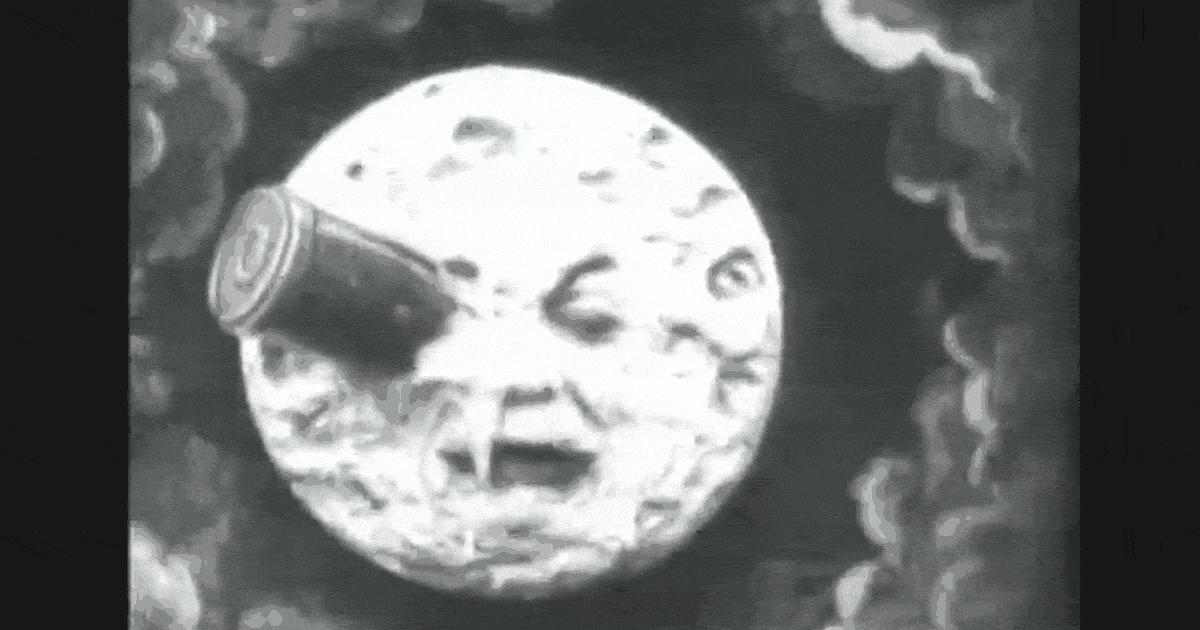
Experimenting with the tools of his trade, Méliès was able to pioneer a myriad of early cinematography and special effects techniques, including multiple exposures, film splices, dissolves, transitions, time-lapse photography, stop motion animation, slow motion, painted color film, and the fade-out. It’s no exaggeration to say that all modern motion picture cinematography – as well as visual and special effects technologies – are owed to Méliès’ incredible inventiveness, creativity, and artistic passion. He was a director, producer, actor, writer, set designer – basically, if there’s a job in film, Méliès did it.
In addition to his effects innovations, Méliès was also the first filmmaker to use written screenplays and storyboards for his films, believing the art form to be one of narrative importance and not just something for kids and carnival sideshows.
In his lifetime, Méliès would make films in every genre. He shocked and captured audiences of his day with feats of fantasy unlike anything the general population has ever experienced. We in modern times can’t quite grasp the impact – the ability to show someone something so magical it seemingly defies all explanation. A true encounter with the divine.
Méliès achieved international success… until the First World War. The French army turned Méliès’ film studio into a hospital for soldiers. Film was not seen as any sort of lasting art form, and the French army also confiscated and melted 400 of Méliès’ original film prints to recover silver and celluloid for the war effort. Méliès’ business partner took over the Star Film Company as well as the Théâtre Robert-Houdin, which was then demolished. In a rage, seeing what his life’s work was supposedly worth, Méliès burned the remaining films he was in possession of. In his mind, he had failed, and the magic he pioneered had failed as well.
Luckily, history would not forget the art of film or the man who helped to create it, and in Méliès’ own lifetime, he got to see his work appreciated for the act of genius it was.
What can you pioneer? How will you leave your mark? Georges Méliès combined his passions of art and science to create a new innovation that changed the world – and you can, too, by discovering the power of fusioneering. Follow modern inventor and innovator Paul Kirby’s story as he builds a robot that can paint like a master. Seeking more inspiration? Follow The Kirby Foundation on Instagram and Facebook, and don’t forget to join The Kirby Foundation mailing list for exciting updates about art and science.
Seeing is believing. Witness Paul’s journey for yourself in the award-nominated, inspirational short film.
Are you interested in hearing the complete story of Paul and Dulcinea? Watch the video (nominated for Best Short Film at the 2021 Vail and Portland Film Festivals) for more info.
Want to be the first to know about every exciting new project at the Kirby Foundation?
Join Our Mailing ListBuild the life you love. Learn more about fusioneering:
Why pick which passion you should follow? Fusioneering allows you to cultivate many interests into something innovative and revolutionary.
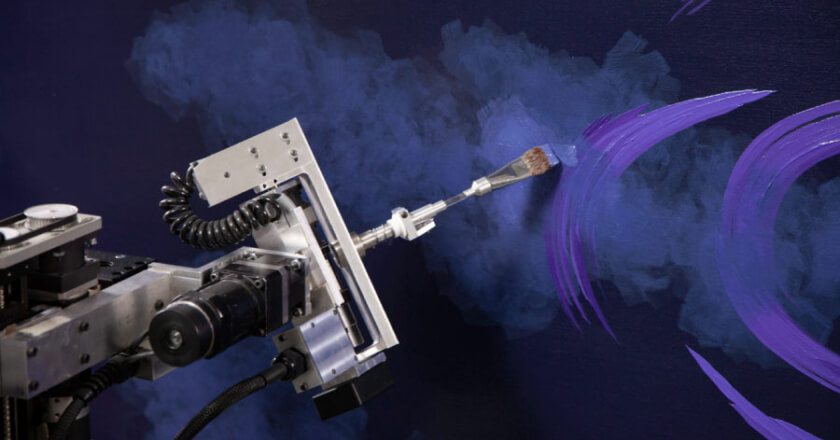
Meet Paul and explore how blending your interests can empower you to follow your enthusiasm and bring your passions to life.